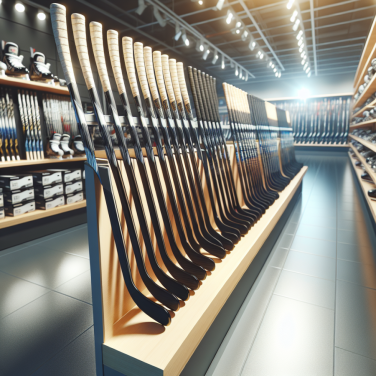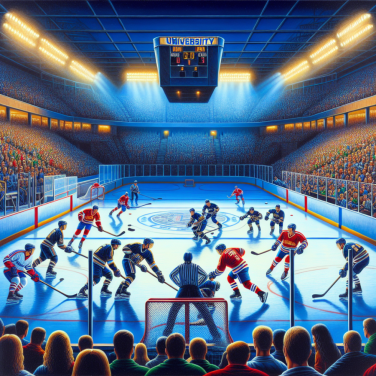Factors Affecting the Duration of World Cup Soccer Games
The iconic World Cup Soccer games have managed to keep sports enthusiasts globally glued to their screens, spanning several decades and becoming an integral part of global sports culture. However, the duration of these games is not always uniform, and it can be influenced by various factors. To understand why these games take as long as they do, one needs to delve into these main contributing elements:
1. Extra Time: In most soccer games, the concept of 'extra time' comes into play - a stipulated time frame, added to compensate for time spent in making substitutions, players' injuries, and other disruptions. In World Cup games, this period may be longer due to additional factors such as consultation of Video Assistant Referee (VAR) by match officials, which can make the game last for more extended periods.
2. Weather Conditions: Climate also plays a pivotal role in dictating the duration of a game. If the weather conditions are harsh, the referee may be forced to stop or suspend the game temporarily until the conditions become more favorable. In extreme cases, games have been postponed to the next day, effectively increasing the game's duration overall.
3. Injuries and Medical Emergencies: If one of the players sustains an injury during the game, play time is halted until medical attention is provided. This pause can extend the length of the game, especially if the injury is severe and requires immediate medical assistance on the field.
4. Stoppages and Disruptions: During any soccer game, there can be numerous stoppages – for substitutions, penalties, fouls, and even pitch invasions. Each of these instances increases the total duration of the game.
5. Extra Sessions for Knockout Games: In the knockout stages of the World Cup, if the scores are tied at the end of 90 minutes, then an extra 30 minutes are added to the game, divided into two 15-minute halves. If the deadlock is not broken even after extra time, the game proceeds to a penalty shootout, further stretching the game time.
6. Overzealous Celebrations: While celebrations are part and parcel of the game, extensive festivities, like ones after a goal is scored, can add to the overall duration. The time it takes for a player to resume play after celebrating a goal is often added back into the game as extra time.
By understanding these elements, one can appreciate the variable lengths of World Cup games.
Read also:
Thriving in the Fast-Paced World of Competitive Events
Exploring the Timeline of a World Cup Soccer Match
The timeline of a World Cup soccer match is an intricate orchestration of moments building up to a climactic finale. It is not just about the 90 minutes of game time but encapsulates much more. To understand its complexities, let's deconstruct the timeline of a football match in the World Cup.
Pre-match activities: All soccer matches during the World Cup tournament commence with crucial pre-match activities. These include team warm-up sessions and tactical discussions held by coaches. The warm-up is done around 30 minutes before the game starts, allowing the players to physically and mentally prepare for the competition.
Initial Half: The initial half, or first half, of the game lasts for approximately 45 minutes. This period is often where teams invest their energy to gain a head start with early goals. In the World Cup, it's a stage where teams can showcase their strategies and set the tempo for the rest of the match.
Half-time: Following the first 45-minute half, there is a brief recess referred to as half-time. Typically, this interval lasts for 15 minutes and gives the teams a chance to rest, regroup and strategize for the next half of the game. It’s also an opportunity for coaches to provide feedback or make necessary adjustments to their team’s game plan.
Second Half: After half-time, the second half of the game commences. This is another 45-minute period, filled often with intense action as teams vie to secure their winning positions or overturn their fortunes.
Stoppage Time: Soccer is known for its fluid gameplay, and unlike many other sports, the clock doesn't stop ticking when the ball is not in play. Thus, essential events that halt the game, like injuries, substitutions, or intentional time-wasting, accumulate as 'stoppage time,' occasionally referred as 'injury time.' Added either at the end of the first or second half, these extra minutes can prove decisive.
Extra Time: In crucial World Cup matches, if there is a draw at the end of standard game time, an additional period called 'Extra Time' might come into play. This extension comprises two 15-minute halves with a short break in between.
Penalty Shootout: A match that remains unreconciled even after extra time may lead to a penalty shootout. Here, each team is allotted five shots on the goal, and the team with the most goals is declared the winner.




